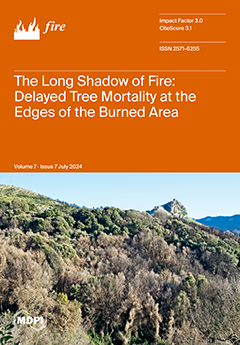Hydrogen (H
2) is considered a suitable substitute for conventional energy sources because it is abundant and environmentally friendly. However, the widespread adoption of H
2 as an energy source poses several challenges in H
2 production, storage, safety, and transportation. Recent
[...] Read more.
Hydrogen (H
2) is considered a suitable substitute for conventional energy sources because it is abundant and environmentally friendly. However, the widespread adoption of H
2 as an energy source poses several challenges in H
2 production, storage, safety, and transportation. Recent efforts to address these challenges have focused on improving the efficiency and cost-effectiveness of H
2 production methods, developing advanced storage technologies to ensure safe handling and transportation of H
2, and implementing comprehensive safety protocols. Furthermore, efforts are being made to integrate H
2 into the existing energy infrastructure and explore new opportunities for its application in various sectors such as transportation, industry, and residential applications. Overall, recent developments in H
2 production, storage, safety, and transportation have opened new avenues for the widespread adoption of H
2 as a clean and sustainable energy source. This review highlights potential solutions to overcome the challenges associated with H
2 production, storage, safety, and transportation. Additionally, it discusses opportunities to achieve a carbon-neutral society and reduce the dependence on fossil fuels.
Full article





